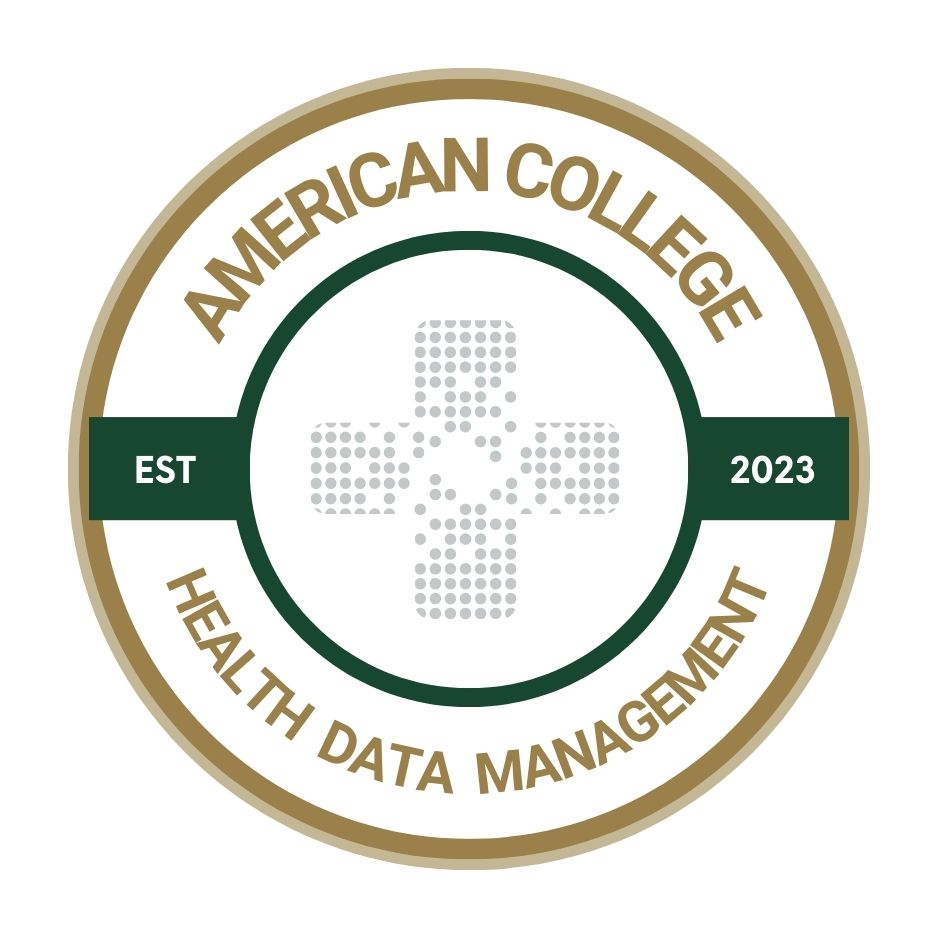Unlocking SDOH: Implications for healthcare leadership
Healthcare organizations must unlock the potential of high-volume, individual-level social determinants of health data to achieve a patient-centric healthcare approach.

In the current healthcare landscape, the data surrounding social determinants of health (SDOH) is largely inferred, rather than actual. This is common among health plans and crucial stakeholders in organizations that develop care insights for large volumes of patients.
Many organizations rely on public data, ZIP code level data and aggregated claims data to develop value-based product offerings to promote outcomes-driven care. However, any actions taken based on inferred data is only just sophisticated guesswork. Although there’s some value in using inferred data, most of this success has been on a relatively small scale, typically supporting a subset of a population or pilot programs that don’t have a larger population impact.
Even so, these programs are important and can inform future decisions about providing comprehensive care for individuals. But data challenges still hinder the development of scalable, value-based programs that incorporate social needs considerations.
At the heart of these challenges is the fact that these social data elements are foundational for qualitative knowledge to inform care models advancing whole-person care. The role of these social data elements and their impact on the provision of healthcare is significant and complex, and understanding this is a critical task for healthcare leadership.
Background and human impact
There is a wealth of well-informed reports, articles and case studies on the impact of SDOH on overall health and outcomes. However, the focus in this article is on the barriers that prevent organizations from effectively using individual-level social needs data at scale and to explore solutions that can achieve progress toward equitable care with a topographic-style approach.
SDOH refers to factors such as a person's economic stability, access to and quality of education and healthcare, neighborhood and built environment, and social and community context. These factors are integral to a person's health and well-being, and the inability to capture and analyze this data effectively poses significant challenges to providing equitable healthcare.
There are many current roadblocks that prevent scalable progress in understanding an individual and a community’s SDOH needs. These barriers include the burden placed on healthcare providers, a lack of standardized data collection and issues with data reporting.
Industry variables
Healthcare providers face constant pressure from an array of administrative tasks that prevent them from fully utilizing their years of training and experience to care for and improve the conditions of patients. Clicking here, asking non-medical questions there, and e-signing everywhere, providers are required to check off tasks that take valuable time and attention away from patient care.
While checklists certainly have a place in healthcare, demanding that providers collect SDOH data that they, for the most part, are not able to act on is non-productive and likely not in the best use of a provider’s time. Providers are not trained to collect this data, they do not have the technology to collect it efficiently, and at the provider level, there is no scalability. Instead, we need to empower providers to practice medicine and concentrate on the tasks for which they are uniquely trained.
Adding to the complexity, providers are facing heavy staffing resource constraints, a challenge shared by virtually all healthcare organizations. The truth of the matter is that clinical practice is hard, regardless of the level. Nurses and medical assistants often feel overwhelmed and underappreciated, a situation exacerbated by the chronic understaffing in the field.
To make matters worse, the burden of quality and performance measures adds to the strain on providers. The American Academy of Family Physicians reports that providers are committed to reporting on performance measures and focused on quality. However, the exchange of meaningful clinical data and claims data is limited, and EHRs are not being utilized for scalable e-health exchange.
The data conundrum
There is a wide range of data that those in the healthcare sector must manage. Just think about it: administrative data, clinical data, lab data, pharmacy data, cost data and now SDOH data. All this data needs to be collected, managed and protected, and all this needs to be done in a way that aligns with the law and the ever-growing demands for data privacy.
The industry currently does not have a standardized method for collecting, reporting or using SDOH data, especially at the individual patient level. This is a significant problem because the lack of standardization leads to data inconsistency, which in turn limits the usefulness of the data. The NCQA has introduced changes to HEDIS that now require health plans and hospitals to submit data related to food, transportation and housing. This effort seeks to take advantage of one of many evidence-based tools and leveraging the work of the Gravity Project.
However, this is still not enough. We are still dealing with low volume data.
To shift the industry to a point where we can collect high-volume, individual-level data that can be used effectively for population health management, we need to reassess who should be collecting this data.
Health plans, which have significantly larger member bases than individual providers, offer an opportunity for scalability in SDOH data collection. Their reach far exceeds that of individual providers, and the potential data volume from these entities can support the growth of more comprehensive, value-based programs. Health plans can reach a person to ask about SDOH even if they do not have access to information about their direct care.
For effective data collection, one source is optimal. This enables consistent parameters, specific values and ultimately creates trust in the data, which is one of the key aspects of healthcare. This trust, combined with data integrity from collection to destruction, is more necessary than ever before in managing health data.
Individual and population insights
By addressing and resolving the challenges that prevent us from collecting and using high-volume, individual-level SDOH data, we can start to provide truly patient-centric care. We can do this at the individual level while also providing aggregated patient-centric data for the full population of health plan membership.
Health plans, armed with individual level insights, can begin to see their populations through a new, personal lens. This will enable them to build value-based contracts with providers that include social providers and community-based organizations to address gaps in a person's needs.
The journey toward equitable access to healthcare is a long one, but with the right data and the right approach, we can make significant progress. Here are three actionable steps that healthcare leadership teams can take to reassess their SDOH data-gathering strategies.
Embrace a new role for healthcare providers. Reassess the role of healthcare providers in the collection of SDOH data. Encourage providers to focus on their unique training and medical expertise, rather than having them directly involved in data collection. This shift would entail reorganizing the data collection process, potentially offloading this responsibility to health plans or other dedicated data collection entities, thereby ensuring higher volumes of individual-level data.
Implement standardized data collection methodologies. Work towards establishing industry-wide standards for SDOH data collection. This may involve lobbying with health organizations, collaborating with public health bodies and participating in research and development projects to create more consistent and effective data collection methodologies. By fostering consistency in data collection, the healthcare sector can avoid disparities and gaps that often lead to misinterpretation or lack of utilization of data.
Prioritize data privacy and trust. Amid the data conundrum, it is essential to establish trust with the patients and the public. Establish robust data protection measures, ensure that data is collected and stored ethically and keep patients informed about how their data is used. Transparency in these matters will foster trust, and this trust is paramount for the collection of high-volume, individual-level SDOH data.
By taking these steps, leadership teams can address the challenges that hinder the collection and utilization of high-volume, individual-level SDOH data. In doing so, they will help to pave the way for truly patient-centric care that acknowledges and addresses the social determinants that underpin health outcomes.
Shannan Swafford is co-founder of Enterprise Social Record and founder and managing director of the Aspect Care Technology Center for Health.
